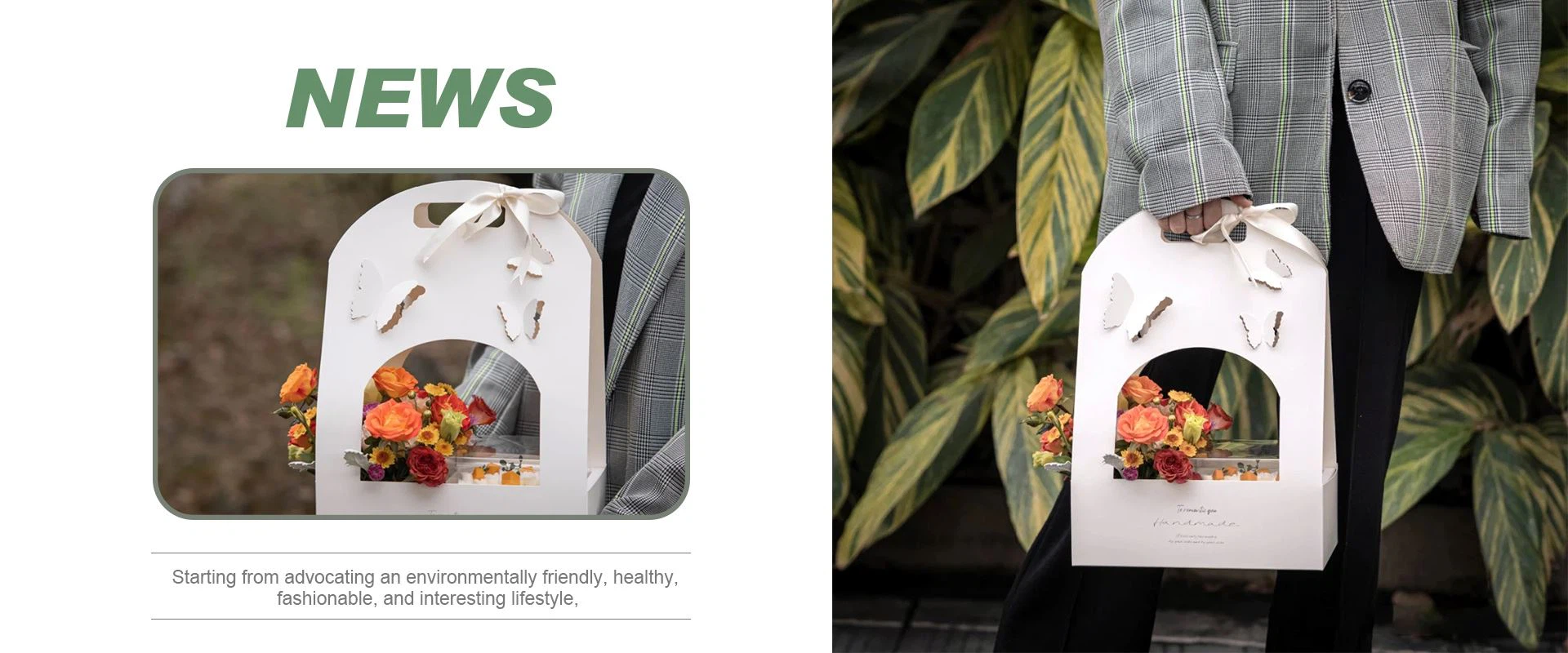In today's rapidly evolving world, sustainability has become a top priority for consumers, businesses, and governments alike. One key area of focus is the use of disposable tableware materials that are both convenient and environmentally friendly. While a variety of materials have been explored and used over the years, sugarcane bagasse has emerged as one of the most popular and promising options.
The Sugarcane Bagasse Revolution
Sugarcane bagasse, a fibrous byproduct of sugar production, has gained significant attention as a sustainable alternative to traditional disposable tableware materials such as plastic and Styrofoam. This rise can be attributed to several key factors:
Renewable and Abundant Resource: Sugarcane is one of the most widely grown crops globally, making bagasse an abundant and renewable resource. This helps reduce the environmental impact associated with traditional materials like plastic and foam, which are derived from non-renewable fossil fuels.
Biodegradability: Sugarcane bagasse products are biodegradable, which means they break down naturally over time without leaving harmful residues. In contrast, plastic and Styrofoam products can linger in landfills for hundreds of years, contributing to environmental pollution.
Reduced Carbon Footprint: The production of sugarcane bagasse tableware emits fewer greenhouse gases compared to traditional materials, reducing its overall carbon footprint. This aligns with global efforts to combat climate change and reduce emissions.
Versatility: Sugarcane bagasse can be molded into a wide range of tableware items, including plates, bowls, cups, and cutlery. This versatility has made it a viable option for a variety of applications, from everyday dining to special events and catering.
Sturdy and Functional: Sugarcane bagasse tableware is known for its durability and functionality. It can withstand both hot and cold foods, making it a versatile choice for consumers and businesses.
Positive Consumer Perception: Increasingly, consumers are making choices that align with their environmental values. Sugarcane bagasse products appeal to this eco-conscious demographic, further boosting their popularity.
Benefits for Businesses and Consumers
The surge in popularity of sugarcane bagasse as a tableware material is not limited to its environmental advantages; it also offers numerous benefits for both businesses and consumers.
Cost-Effective: Sugarcane bagasse products are cost-competitive with traditional disposable tableware, making them an economically viable option for businesses, particularly in the foodservice industry.
Customizability: Manufacturers can easily customize sugarcane bagasse products to meet specific branding and design requirements, allowing businesses to maintain their unique identity.
Regulatory Compliance: With increasing environmental regulations and consumer preferences for sustainable options, businesses that adopt sugarcane bagasse products can demonstrate their commitment to social responsibility.
Reduced Liability: By transitioning to eco-friendly tableware materials like sugarcane bagasse, businesses can reduce potential liability associated with the harmful effects of traditional disposable products on the environment.
Improved Reputation: Embracing sustainability can enhance a business's reputation and attract a broader customer base that values responsible and eco-friendly choices.
Health and Safety: Sugarcane bagasse is free from harmful chemicals, ensuring that it is a safe and non-toxic option for food packaging and consumption.
Consumer Satisfaction: Consumers appreciate businesses that make environmentally responsible choices, and offering sugarcane bagasse tableware can lead to higher levels of customer satisfaction and loyalty.
A Sustainable Alternative to Plastics
One of the main driving factors behind the popularity of sugarcane bagasse is its ability to serve as a sustainable alternative to plastics. Traditional plastic tableware has long been a major contributor to environmental pollution. Plastic waste, particularly single-use items, has led to ocean pollution, harmful effects on wildlife, and widespread ecosystem damage. In contrast, sugarcane bagasse provides a sustainable solution that addresses these issues.
Reducing Plastic Pollution
Sugarcane bagasse tableware helps in significantly reducing plastic pollution, as it biodegrades within weeks or months, compared to the centuries-long decomposition of plastic. As consumers and businesses increasingly seek alternatives to single-use plastics, sugarcane bagasse has become a natural choice to fulfill this demand.
Marine Life Protection
Plastic waste in the oceans poses a grave threat to marine life. Sugarcane bagasse tableware reduces this threat by offering a biodegradable option that does not harm marine ecosystems. The switch from plastic to bagasse helps protect the diverse and fragile marine environments that are vital to our planet.
Recycling and Circular Economy
Sugarcane bagasse tableware can also be integrated into recycling systems and contribute to the circular economy. When recycled properly, bagasse products can be transformed into new items or used as a valuable source of organic matter for composting. This circular approach further minimizes waste and conserves resources.
A Growing Market and Future Prospects
The market for sugarcane bagasse tableware is expanding rapidly. As consumers, businesses, and governments continue to prioritize sustainability, the demand for eco-friendly tableware materials is expected to increase. Manufacturers and suppliers are responding to this demand by offering a wide range of sugarcane bagasse products.
In addition to its traditional applications, sugarcane bagasse tableware is gaining traction in the airline and hospitality industries, where eco-conscious travelers and guests are driving the adoption of sustainable alternatives. As more businesses recognize the benefits of sugarcane bagasse, it is likely to become a staple in the foodservice industry.
Challenges and Future Innovations
While sugarcane bagasse tableware has gained widespread popularity, it is not without its challenges. One of the main challenges lies in scaling up production to meet the growing demand. This requires investment in infrastructure and technology to process sugarcane bagasse efficiently.
Innovations are also needed to improve the heat resistance and waterproofing of sugarcane bagasse products to ensure they remain functional for a wide range of applications. Additionally, efforts to reduce the carbon footprint of production processes and transportation will be essential to further enhance the environmental benefits of sugarcane bagasse.
Collaboration between governments, businesses, and environmental organizations is key to addressing these challenges and promoting the adoption of sugarcane bagasse as a sustainable alternative to traditional disposable tableware.
Conclusion
In a world where environmental sustainability is paramount, sugarcane bagasse has emerged as a leading choice for disposable environmentally friendly tableware materials. Its renewable nature, biodegradability, and reduced carbon footprint make it a compelling alternative to traditional materials like plastic and Styrofoam. Beyond its environmental advantages, sugarcane bagasse offers economic benefits for businesses and enhanced satisfaction for consumers.
As the popularity of sugarcane bagasse continues to grow, it contributes to the reduction of plastic pollution, protects marine life, and supports the transition to a circular economy. With ongoing innovations and increased awareness, sugarcane bagasse holds great promise as a sustainable, eco-friendly material for the future.
The rise of sugarcane bagasse in the world of disposable tableware signifies not only a shift in materials but also a shift in mindset, as consumers and businesses join forces to create a more sustainable and environmentally responsible future.






